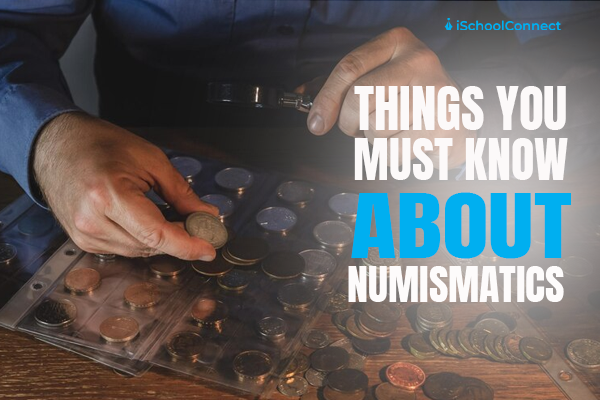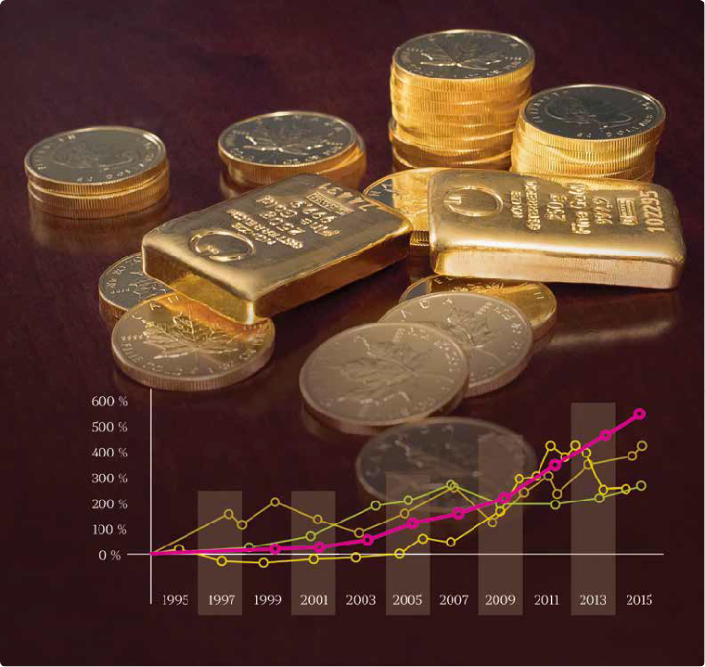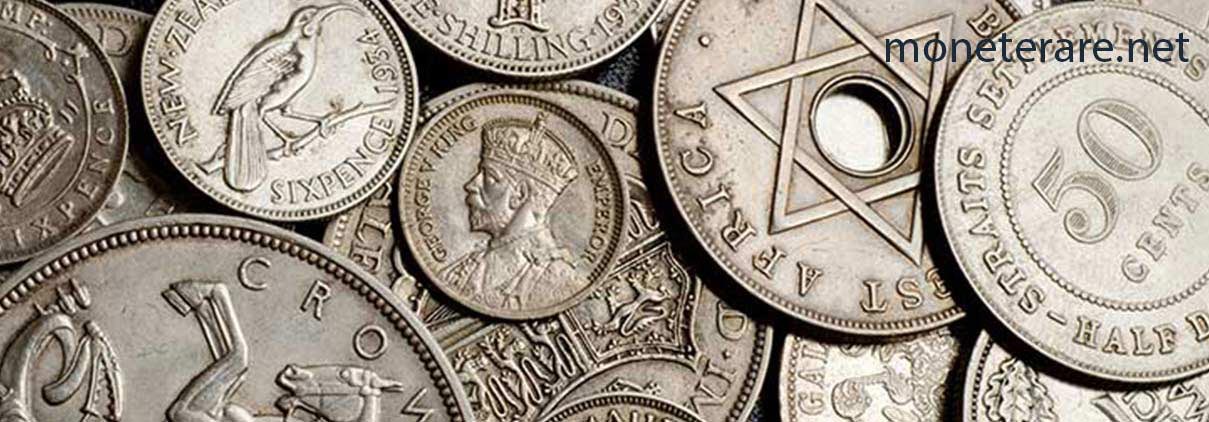Recommended Tips For Choosing Coin Edge And Slovak Coins
Wiki Article
How Can I Make Use Of A Numismatics Database To Conduct Research On Central Banks?
To efficiently collect and analyse data, you'll have to follow a few key steps.
Database Selection: Look for databases that are specialized in financial data and numismatics, such as those offered by academic libraries or numismatic groups. Numista is a good example of a database, as are those that are part of the World Bank or academic journals repositories such as JSTOR.
The Approach to Search Start by defining your research objectives. Are you interested in the history of coin issues of a particular central bank, or the economic policies that are reflected in coin designs, or the economic effects of numismatics decisions? Using keywords such as "central bank coins"," numismatics, or central bank names can help you narrow your search.
Data collection: Utilize the advanced search functionality provided by the database in order to find relevant information, reports and datasets. Find historical documents, policies and numismatic catalogues which provide information on coin types, minting sites, and historical contexts.
Analyze the information you've collected to discover patterns and trends. Examine the various approaches adopted by central banks to coinage. Look at changes over time to design themes and other factors like economics and how they affect the production of coins. Find correlations to economic policy or historical events.
Cross-Referencing: Verify your findings by cross-referencing information from different sources in the database. This will give you a complete understanding of the database and decrease the possibility of relying entirely on biased or isolated data points.
Documentation: Record all of your research findings and sources as well as the methods you used. This is vital to use for professional or academic reasons and enhances the credibility of your study.
Keep yourself up-to-date with the latest developments in numismatics and central bank policies are constantly changing. Regularly revisit the database to keep informed of the latest research, new catalogs of coins, or changes in central bank policy that may affect numismatic trends.
Follow these steps to harness the power and insights of databases in order to conduct a thorough study on numismatics especially in relation to central banks. This technique lets you explore the depth of the historical context of coin production and circulation as well as the financial effects of numismatic decisions. View the top coin value for site advice including krona, quarter, copyright, coin grading, coin club, currency forum, silver coins, lira, denomination, gold and more.

How Can I Find Numismatics For Shows And Exhibitions Events With An Online Database?
This research involves using databases to preserve information on conferences, exhibitions and shows associated with numismatics. Here's a structured approach to conduct this research: Database Selection: Select databases that are specialized in numismatic exhibitions and events. For instance, websites belonging to a significant numismatic societies, such as the American Numismatic Association(ANA) or online platforms that provide information on the activities of numismatic museums around the world, or exhibition archives.
Define Research Focus: Specify your research objectives. Are you interested in finding out more about past and forthcoming numismatic conferences, regional coinshows, thematic or educational shows as well as forthcoming exhibitions of coins? Find out what you are looking for to guide your exploration.
Search Method: Search using keywords such as "numismatic events," "coin exhibitions," and "numismatic events" to search for appropriate results. Include event names, location or topics if you wish. Search results can be filtered by date, type of event (such exhibitions, conferences) or geographical region using the advanced search option.
Data collection: Gather information about upcoming and previous exhibitions and numismatic events. Information on the dates, organizers and places of events, themes or collections, exhibitors taking part and catalogues, publications and publications that are related to the event, and more. It is possible to gather information. Search for databases that offer virtual tours or access to exhibition materials that are digital.
Examine and interpret the information that you have collected to comprehend trends, themes as well as the educational and educational value of numismatic exhibits and events. Analyze how different exhibitions and shows contribute to the public's understanding of numismatics.
Cross-Referencing. Check that your information is correct by comparing it to other databases, lists of events, and official sites. This ensures accuracy and completeness in your research, providing a comprehensive overview of the numismatic activities in all of.
Documentation. Record your findings from research by citing sources and jotting down any methods you used. Keep track of details on the databases you have accessed, the keywords used to search, and the importance of every source you use to answer your research questions.
Stay informed. Numismatic activities change regularly and are constantly updated with new conferences, shows and exhibits. For the latest updates on upcoming events, keep an eye out for announcements from numismatic organizations and event organizers or specific databases.
Take these steps to effectively investigate numismatics in relation to exhibitions and shows. This technique allows for an in-depth investigation of the variety and value for education of numismatic exhibits and events across the globe. Follow the recommended coin certification recommendations for site recommendations including banknote appraisal, uncirculated coins, copyright detection, central bank, banknote book, banknote expo, coin edge, banknote certification, coin mintmark, coin society and more.
What Can I Do With The Database To Conduct Research On Numismatics With Regards To Historians And Researchers?
For historians and researchers, researching numismatics involves using databases that are focused on academic journals as well as historical archives and institutional repository. A structured approach is provided to aid you in your research. JSTOR, Google Scholar numismatic journal (like those published by the American Numismatic Society), or libraries of universities are all examples.
Define Research Focus: Specify your research objectives. Are you curious about the historical context of objects in the numismatic field and the research methods utilized by historians in the field of numismatics, certain numismatic issues explored by scholars, or the research contributions made by researchers to the numismatic community? Clarify what you are seeking to limit your search.
Search Strategy: Use words such as "numismatics," "numismatic research," "historical coins," and also include particular historical periods, geographical regions or numismatic themes, if applicable. You can filter results with advanced search features. This can be done by filtering by dates, types of documents (such dissertations, conference papers, articles, dissertations, conference papers, etc.)) and author affiliations.
Data collection: Get information about scholarly articles, research documents, and numismatics related to historical archives. Collect details like the title of the publication, author's names, abstracts, the methods employed and the historical contexts. Browse databases that offer access to digital collections of numismatics or research projects.
Analyze your data to discover the meanings and approaches used by historians, researchers and other experts in numismatics. Examine how numismatic objects are a part of larger historical narratives analysis of economics and cultural studies, or even political histories. Examine the results and methods of researchers on different numismatic topics.
Cross-Referencing Check your results by cross-referencing data from several databases and academic papers. This ensures the accuracy of your research and complete, giving you a full picture of the numismatics scholarly contributions.
Documentation: Document your findings, including the sources you consulted and documenting the research methods employed. Record details about the databases used, search terms used, and the significance of each source to your research questions.
Stay up-to-date: Numismatic research and scholarly journals continue change. Stay informed by following the latest news from numismatic societies and academic journals.
You can use databases to research numismatics as it relates to historians and researchers following these easy steps. This approach allows you to investigate the methodologies as well as the historical interpretations and research-based inputs that contribute to our understanding of numismatics connection to wider historical and cultural contexts. Have a look at the best coin expo blog for blog tips including commemorative, coin grading, banknote design, numismatic value, silver coins, banknote certification, rare banknotes, banknote errors, banknote album, antique coins and more.

How Can I Make Use Of An Online Database For Research? Numismatics In Connection With Online Forums And Communities?
For conducting such research, here's a structured procedure: Database Selection: Choose online forums and communities that specialize in the field of numismatics. These platforms permit collectors, enthusiasts and experts to share their knowledge, discuss current trends and show collections. Here's a method to conduct research on databases: Database Choice: Select online communities and forums that are specialized in numismatics. Examples include forums like CoinTalk Reddit's r/Coins and specific numismatic communities that are on social media sites like Facebook groups and LinkedIn.
Define Research Focus: Specify your research objectives. Are you seeking to gain an understanding of the current trends in collecting or to discuss specific kinds of coins and historical periods, or seek advice about authentication and the process of grading. Make sure you know what your goals are to help aid your research.
Search Strategy: Use terms that are relevant to your interest (such such as "numismatic groups," "coin communities," or "numismatic online discussions") Include specific keywords (such as coins from the past modern money, ancient coins paper currency), along with search terms that relate to your topic of research. Utilize the search function on each platform to find relevant threads and discussion forums.
Data Collection: Get information from discussions, threads, and other posts on the internet forums and communities. Learn about methods of collecting as well as coin identification, market trends and personal experiences of numismatic discoveries. Also, discuss various aspects of culture or history that are related to coinage.
Analyse the data in order to understand opinions, expertise and experiences common among the online communities. Examine the reliability of the information by analyzing the expertise of experts and the consensus of the members on certain topics, as well as the depth of discussion.
Cross-Referencing. You can confirm your findings by comparing the information in multiple forums. Comparing insights can give you the full picture of patterns, market trends or expert advice from the numismatics community.
Documentation: Keeping track of your findings is essential. Cite specific threads, discussion topics, and contributors if required. Notate key insights, trends and views that are discussed in online forums.
Stay involved: Take part in discussion and post questions to find out more about and build connections within the community of numismatists. Stay up-to-date with new threads. Responses, and announcements to keep up-to-date with current trends and discussions.
These steps will allow you use forums online or communities as well as other sources effectively to conduct researching numismatics. This technique allows you to benefit from the collective knowledge and experiences from a diverse group collectors and experts. They can offer useful insights and perspectives on a variety of aspects related to coin collecting and identification. View the top coin collecting tips for blog examples including authenticity, currency catalog, dime, circulated, gold coins, coin engraving, banknote identification, coin club, yen, antique coins and more.

What Can I Do To Research Numismatics By Using An Online Database?
Here's a method for conducting research in this manner: Database Selection: Choose databases renowned for their reliability and trustworthiness in numismatic data. This is a framework for conducting such study. Selecting a Database: Choose databases that are proven to be reliable and credible with regard to their numismatic information. Some examples include auction databases for numismatics (such as Heritage Auctions, Stack's Bowers Galleries), online coin catalogs (like Numista, CoinArchives) and numismatic society databases and reliable dealer websites.
Define Research Focus: Specify your research objectives. Are you interested in verifying details of a coin (such as weight, metal composition) or historical information (minting periods, mint marks) or market value (prices that are realized through auctions) or collecting trends (popular series or ranking of rarity)? Find out what you are looking for to help guide your research.
Search Strategy: Use words such as "numismatic data verification," "coin catalog updates," "market value updates," as well as include specific kinds of coins, historical dates, or keywords relevant to your research topic. Filter results using search functions to sort results by date or coin attributes.
Data Collection: Obtain and verify data on the numismatics of reliable sources. Through auctions and catalog entries collect information on things like descriptions of the coins, pictures of prices, historical background, and provenance.
Verification Process: Check the accuracy and reliability of data by cross-referencing information across various databases, and comparing details from different sources (auction houses, catalogs numismatic societies). Verify coin specs against the most common references, such as coin grading books or official mint records to verify the accuracy.
Updates: Check databases regularly for the latest information on numismatics. Keep up-to-date on the latest coins discovered, the latest market prices, modifications to historical attributes, and emerging collecting patterns. Subscribe to numismatic alerts and newsletters to receive real-time information.
Analysis: Analyze your verified data to gain insights into the characteristics of coins, such as historical significance, market trend, and collector preferences. Consider the implications that the new information can have on your research and collecting interest.
Documentation. Document all your findings and reference sources. Note the methods of verification that you've employed. Keep track of the latest data and market value updates and also the knowledge gained through the process of research.
You can use databases to conduct research on numismatics by following these easy steps. This will ensure that you have access to current and reliable information essential for making educated decisions regarding collecting coins, conducting research and investment within the dynamic numismatic field. Read the best antique banknotes for more recommendations including coin club, banknote expo, engraving, coin die, coin rarity, copyright detection, banknote dealer, currency, banknote history, dollar and more.
